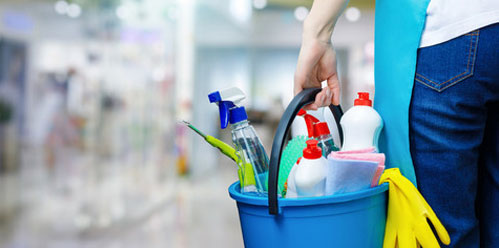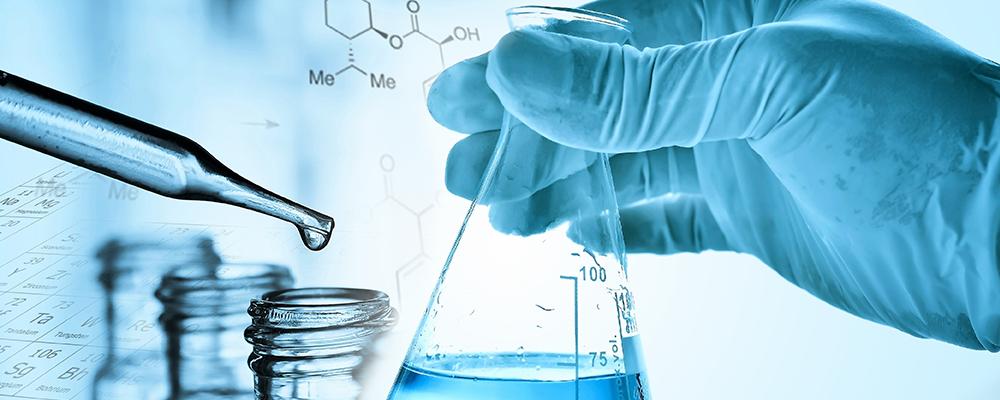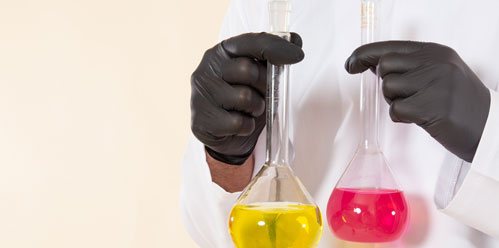Living with Chemicals
Nowadays, everything consists of chemicals. Chemicals are present in the food we eat, the water we drink, the clothes we wear and all the products we use every day.
What is a Chemical Substance?
A chemical substance is a material formed by the combination of one or more elements' atoms, having a specific composition and properties. These substances can be found naturally in nature or synthesized in a laboratory. Chemical substances have a wide range of applications in industry, medicine, and daily life, and they can form new compounds through different reactions. Pool chemicals are specific chemical substances used for the cleanliness and disinfection of water, which are essential for providing a healthy swimming environment.
What is Chemical Exposure?
The chemicals we encounter in daily life are everywhere, from the food we eat to the water we drink, the clothes we wear, and all the products we use. "Chemical exposure" is defined as the measurement of the amount and frequency of contact a substance has with a person or the environment. Therefore, statements claiming that a product "does not contain chemicals" or "is filled with chemicals" can be misleading. In reality, everything is a chemical; including the air we breathe, the water we drink, and the food we consume.
Differences Between Natural and Synthetic Chemicals
The notion that natural or organic chemicals are necessarily healthier than synthetic ones is incorrect. For example, some chemicals found in natural foods can be more difficult to pronounce than those in synthetic products. For instance, naturally occurring botulinum toxin is a neurotoxin that can be lethal even in small amounts. However, it can be used in medical treatments and cosmetic procedures when used in small doses. This situation shows that whether a chemical is harmful depends on its dosage.
The Perspective of Chemical Exposure
Chemical exposure does not necessarily mean that the chemicals found in products are harmful. For example, caffeine found in beverages like coffee, tea, or soda is typically harmless at normal consumption levels. However, it can be harmful in excessive consumption. These examples illustrate why scientists use the phrase "the dose makes the poison." Thus, the presence of a chemical in a product does not imply that it is harmful.
Chemicals and Daily Life
Chemicals are an inevitable part of our daily lives. The air we breathe, the food we eat, and the products we use are full of chemicals. However, this does not mean we should avoid chemicals. It is essential to understand chemical exposure and ensure it remains at safe levels.
Three Infographics Explaining Chemical Exposures
Everything is made up of chemicals; from the food we eat to the water we drink, the clothes we wear, and the products we use daily. Therefore, it is normal and common to be exposed to various chemicals. So, what does "chemical exposure" mean for the average person?
"Chemical exposure" is defined as the measurement of the amount and frequency of contact a substance has with a person or the environment. Therefore, statements claiming that a product "does not contain chemicals" or "is filled with chemicals" can be misleading and may provide false information about the potential effects of these chemicals on a person's body or the environment.
The following scientific infographics shed light on frequently asked questions about chemical exposure, helping you better understand the topic:
Everything is a Chemical
The air we breathe consists of chemicals such as nitrogen, oxygen, and small amounts of argon and carbon dioxide. When brushing our teeth in the morning, we use toothpaste that contains chemicals like fluoride, which strengthens teeth, and sodium bicarbonate, which helps clean plaque. At breakfast, we consume orange juice or coffee, which contain natural chemicals like acrylamide, fructose, and aldehydes. Even water, the most abundant natural resource on Earth, is composed of hydrogen and oxygen elements.
Natural or Organic Chemicals May Not Be Healthier Than Synthetic or Artificial Chemicals
This challenges the common misconception that man-made or synthetic chemicals are more toxic than natural ones. In fact, some of the most toxic chemicals are found in nature. For example, botulinum toxin is a natural neurotoxin produced when certain bacterial spores are exposed to low-oxygen conditions. This toxin can be found in improperly processed or preserved foods, and even minimal exposure can potentially cause fatal botulism. However, thanks to the science of chemistry, the growth of this toxin can be prevented; for instance, preservatives like sodium nitrite are added to cured meats to prevent botulism.
The Presence of a Chemical Does Not Alone Constitute a Health Risk
Every day, many people consume caffeinated beverages like coffee, tea, or soda, which contain small amounts of caffeine. At typical consumption levels, such as four cups of coffee (95 to 200 mg of caffeine) or five servings of soda (165 to 235 mg of caffeine) per day, this is generally harmless. However, if a person were to consume about 118 cups of coffee, that would be approximately 30 times the typical daily dose and could be a lethal dose. However, it is unlikely for most people to consume caffeine in such amounts. Similarly, botulinum toxin infection can cause botulism, a potentially fatal illness, but in very small doses, this toxin can be used to treat muscle spasms and for cosmetic purposes. These examples help explain why scientists say "the dose makes the poison"; the presence of a chemical in a product does not mean that its current amount is harmful.
Conclusion
Chemical substances are present in every aspect of life and can be harmless or even beneficial when used correctly. However, understanding chemical exposure and the potential effects of chemical substances is essential for protecting our health. Everything is made up of chemicals, but dosage and usage determine whether these chemicals are safe.










